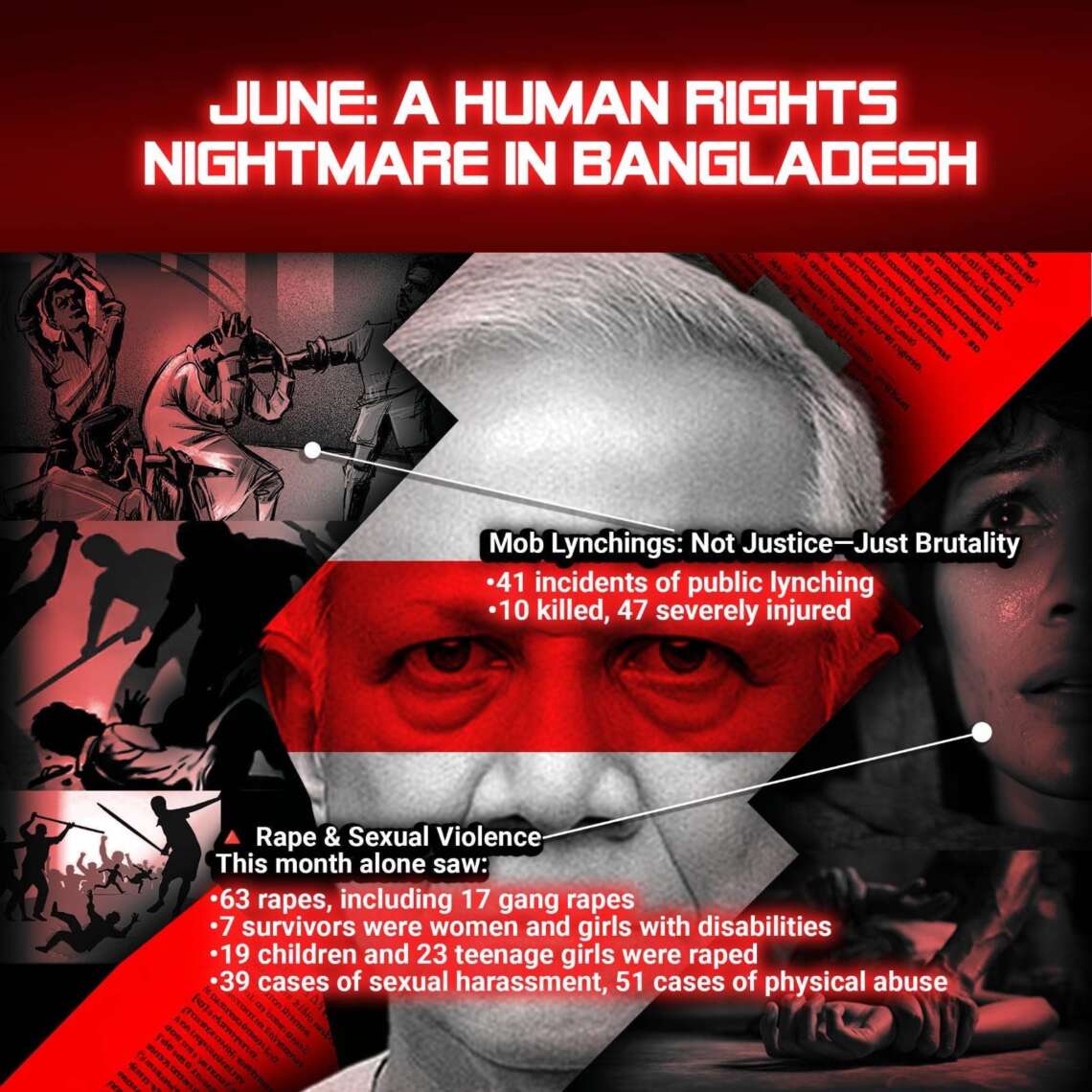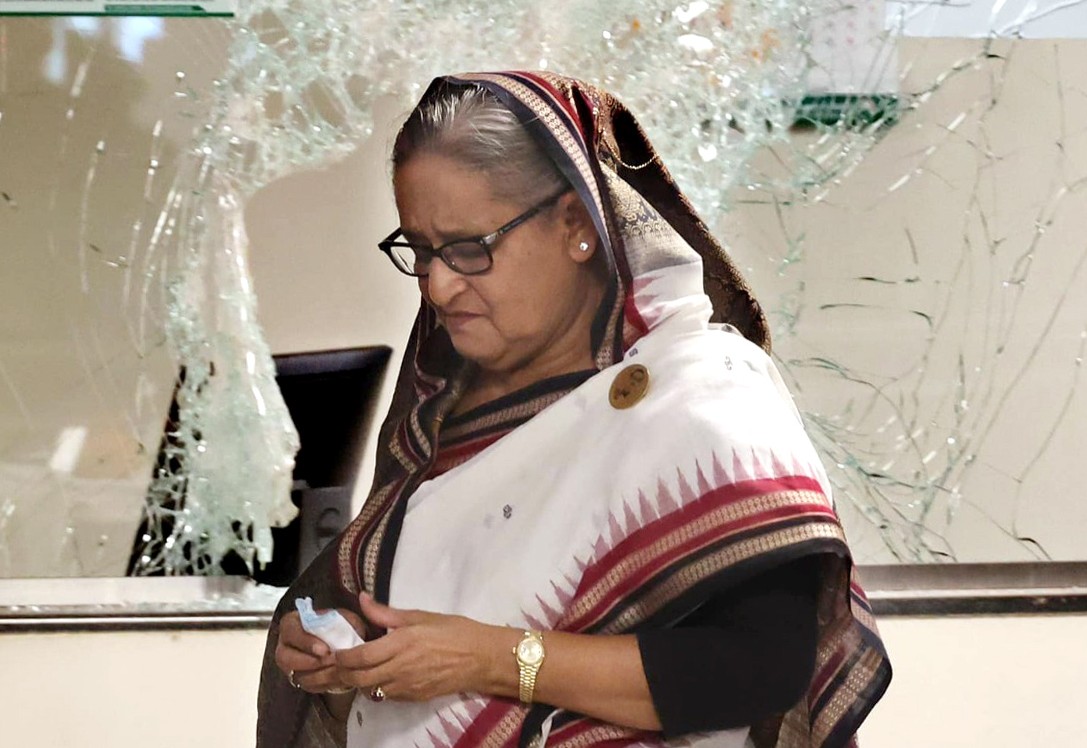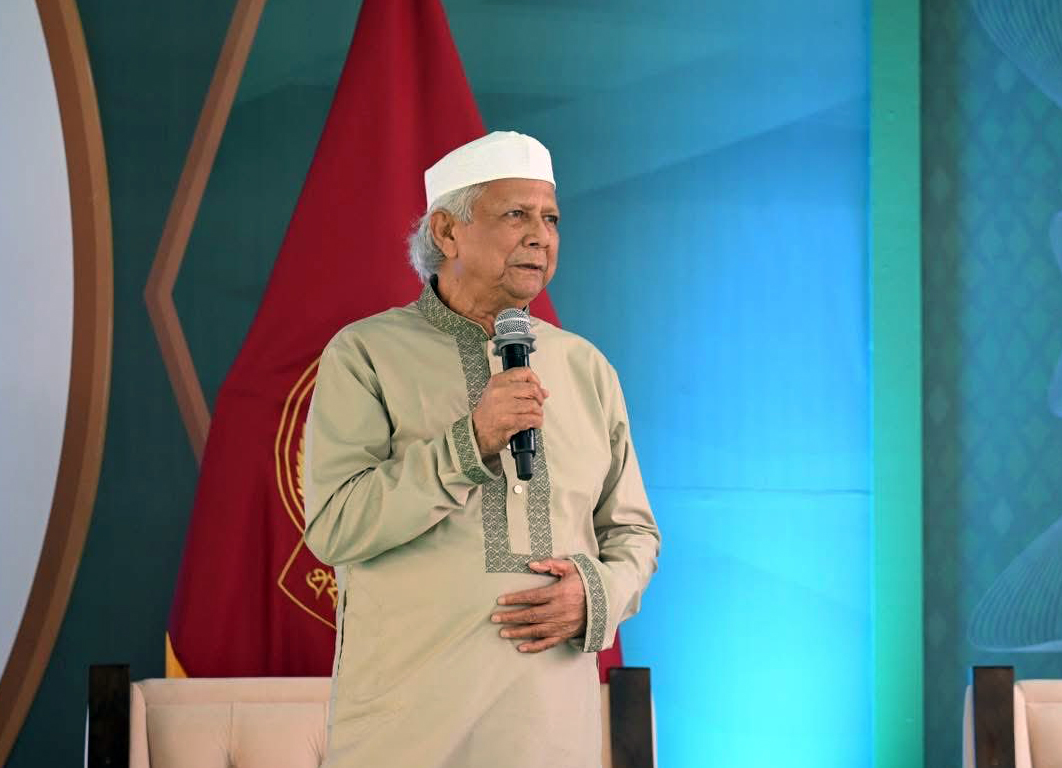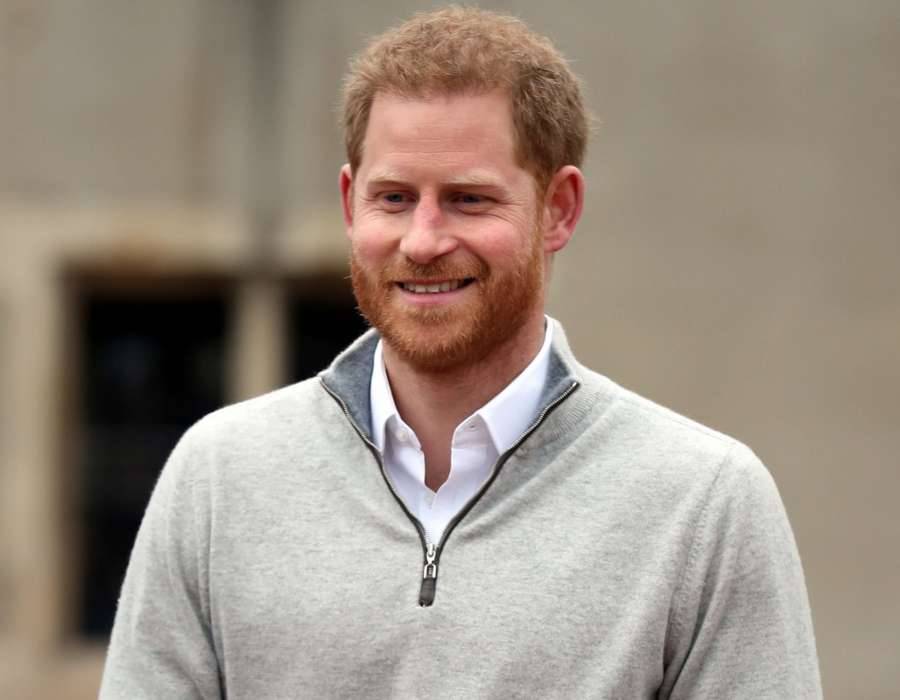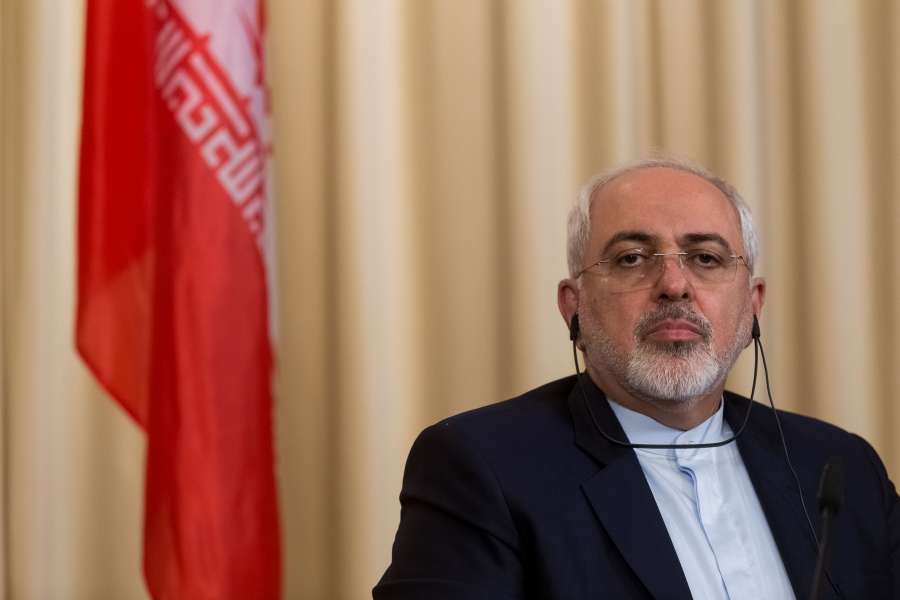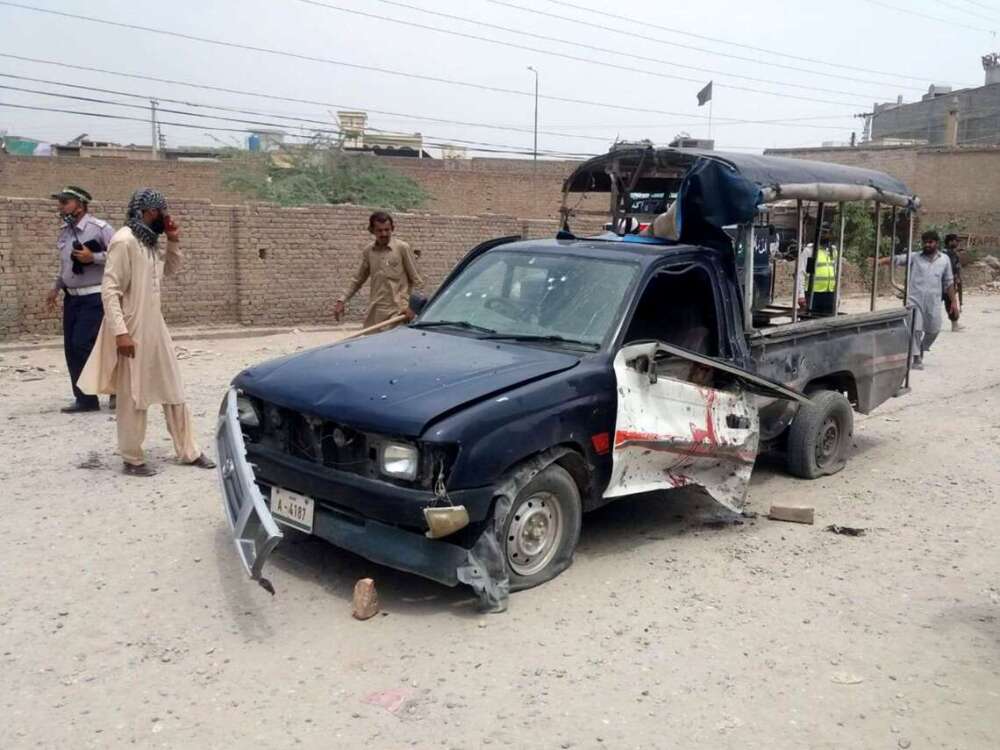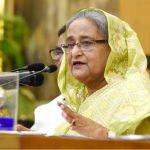A comment published by European Foundation for South Asian Studies says that violent protests organised by the Hefazat-e-Islam Bangladesh (HIB) during Prime Minister Narendra Modi’ recent visit to Bangladesh may herald the dawn of a potent new extremist entity. A special comment by Dr Sakariya Kareem
The recent visit by Prime Minister Narendra Modi to neighbouring Bangladesh was a huge success. Five agreements relating to trade, disaster management, information technology and sports were signed during the visit, foundation stones for infrastructure development at a nuclear power plant in Bangladesh were laid, and a new train service between India and Bangladesh was launched.
The visit began with Bangladesh Prime Minister Sheikh Hasina personally greeting Modi upon his arrival at Dhaka airport on 26 March, and telling an audience in a parade square in Dhaka that Bangladesh’s relations with India had reached a new high such that “If we move forward hand in hand, the development of our people is inevitable”. But there were some organisations want to spoil the friendship between India and Bangladesh. One among them was the Hefazat-e-Islam Bangladesh (HIB), a radical Islamic organisation.
They decided on the eve of Modi’s visit to launch a countrywide protest campaign. The English translation of the group’s name roughly corresponds to “safeguarding Islam in Bangladesh”. Formed in 2010, the HIB operates unregulated Qawmi Madrassas (religious schools) across Bangladesh.
The group first caught the public eye when in 2013 it effectively seized Dhaka with more than half a million activists, most drawn from the Qawmi Madrassas. It insisted that the Sheikh Hasina government meet a set of 13 demands, including the enactment of an anti-blasphemy law with provision for the death penalty, the cancellation of the national women’s development policy, the enforcement of Islamic religious garb such as the hijab, a ban on constructing sculptures in public places and on men and women mixing in public, and the declaration of Ahmadis as non-Muslims.
The targets of the HIB included free thinkers, liberal forces and advocates of inclusive values and culture. The government cracked down on the HIB in May 2013, and normalcy returned to the streets of the capital after several HIB leaders were either killed or arrested by the security forces.
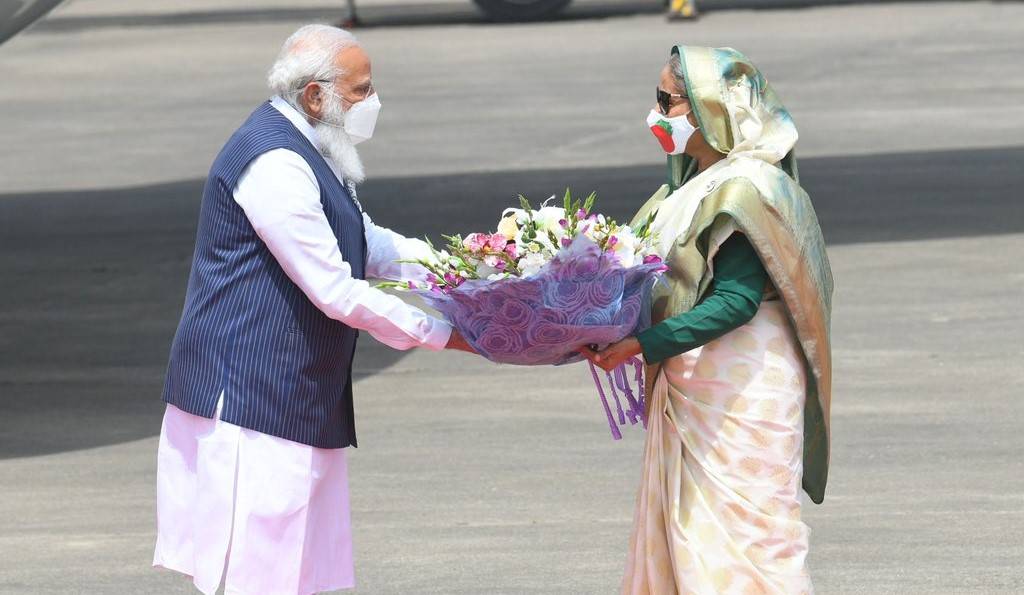
The European Foundation for South Asian Studies (EFSAS) released a commentary on March 19 in the run-up to Modi’s visit to Bangladesh. It had visualized a successful visit in tune with the warm and welcoming atmosphere that by most accounts awaited him in Dhaka. The visit, indeed, did turn out to be a success. An important aspect which that Commentary was remiss in glossing over, however, was the potential impact that organisations and individuals with an extremist bent of mind could have had in shaping the imagery around the visit. Perhaps the near absence of reporting of extremist incidents in the Bangladeshi media in recent months had lulled us into believing that Sheikh Hasina, through her concerted and laudable efforts in that direction, had finally managed to tame the devil of extremism that had plagued the country for the most part of its 50-year existence.
An editorial in the Bangladeshi English language broadsheet The Daily Star had pointed out as recently as on 8 March that “there has been no palpable activity by the religious extremist groups since the brutal Holey Artisan killings in July 2016”.
Also read:Bangladesh and India consolidate ties
Some other observations made in The Daily Star editorial were noteworthy. It commented that “One hears very often from a few inveterate optimists that Bangladesh has seen the end of religious extremism. We have been continually cautioning against entertaining any euphoria that absence of demonstrative activity on their part is not an indication of the demise of the religious extremists altogether…
“That they have not been able to launch any major attack since 2016 speaks of the success of our security agencies, particularly the Anti-Terrorism Task Force… And it is the political issues that these groups would exploit primarily, gaining of political power being their ultimate objective without which their religious objective would remain unfulfilled. A political void or a turmoil is what they wait for to pounce”. As it turned out, in the midst of the prevalent enthusiasm on both sides that bilateral relations between the two neighbours would continue to grow, Modi on 27 March concluded his two-day official visit amid violent protests engineered by a Bangladeshi extremist group that is looking to announce its change of direction and focus to the country.”
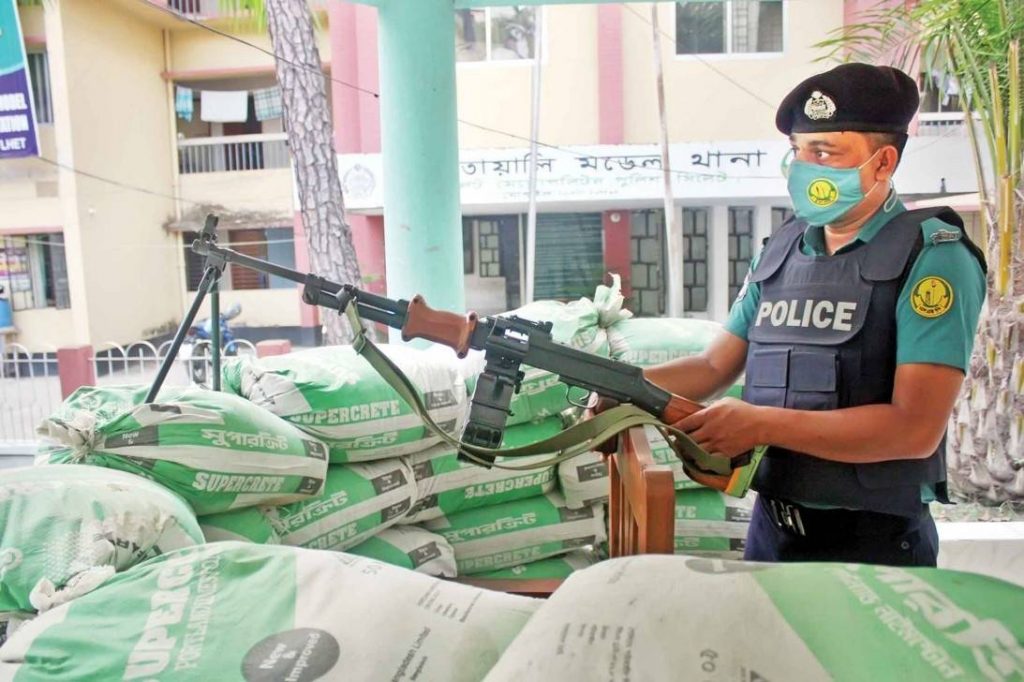
After the crackdown in May 2013, the Sheikh Hasina government entered into serious behind-the-scene negotiations with the HIB leadership that yielded a fragile peace between the two sides. The government developed a close relationship with some HIB leaders, most notably with the outfit’s then chief Shah Ahmad Shafi.
A few factors, especially the fact that at that stage the HIB was not a political party with an explicit political agenda to take over power, had facilitated the establishment of such a relationship. The HIB’s strength lay in its institutional architecture as a networked organization of thousands of Madrassas spread all over the country. The social acceptability of the HIB was bolstered by the fact that the Madrassas offered free boarding to hundreds of orphans, catered to the social need for Islamic rituals and services, and received a significant part of zakat, charity payments that form a pillar of the Islamic faith. This too had encouraged the government to associate with the HIB.
The death of Shafi in September last year, however, tilted the balance of power within the HIB towards the more extremist anti-government faction within it. Shafi’s successor as Amir, Junayed Babunagari, was educated for 4-year in his 20s in Pakistan, first at the Jamia Uloom-ul-Islamia and then at the Jamia Darul Uloom Karachi.
Also read:SPECIAL: The World Ignores Bangladesh Genocide
A hardliner in his views, Babunagari did not waste time in overturning the more moderate vision of HIB espoused by his predecessor and in adopting a more political posture. This transformation had been brought out by The Daily Star’s senior correspondent Rashidul Hasan in an article published on 9 December 2020 in which he averred that the HIB was turning into a political party for all practical purposes. He wrote, “Hefajat-e-Islam is now more than a political party with the strategic disclaimer of having no political agenda”.
Another aspect highlighted by Rashidul Hasan pertained to the linkages that the revamped HIB under Babunagari had forged. Hasan contended that “About one-third of its (HIB) leaders of the new committee who seized control come from political parties who are part of a 20-party alliance led by BNP (Bangladesh Nationalist Party)”.
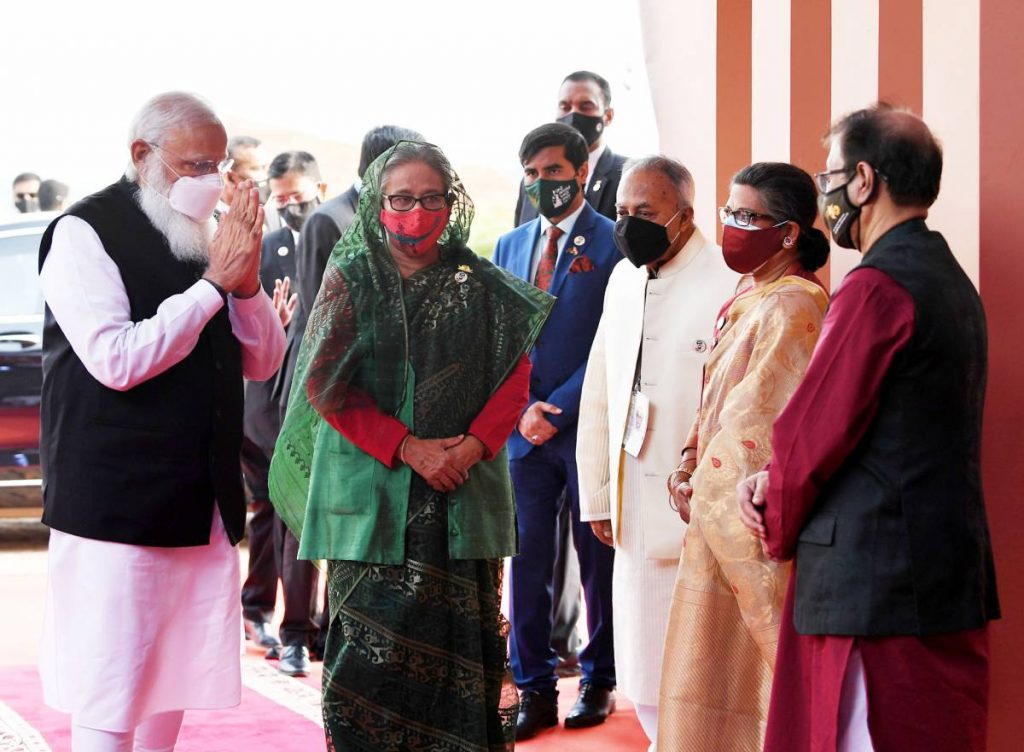
BNP leader Khaleda Zia has been closely aligned with the banned fundamentalist Islamist party the Jamaat-e-Islami (JeI), and the two parties have earlier combined to form the government in Dhaka. Presently politically marginalized, the BNP sees the ambitious fresh leadership of the HIB as a potent weapon in its incessant attempts to topple Sheikh Hasina.
Some Bangladeshi experts believe that the HIB today has become a front for the JeI, which calls for Shariat rule in Bangladesh. Over the last few years the outlawed JeI, which has also been marginalized in Bangladeshi society and reduced to tatters by Sheikh Hasina’s fervently anti-extremist policy, has been trying to resurrect itself by infiltrating the HIB.
The JeI is known to maintain strong links with the Pakistani Inter-Services Intelligence (ISI), and the suggestion that the Pakistani intelligence agency is the driving force behind the efforts to bring the JeI and the HIB closer to each other has also been made by responsible sections of the media.
The violence that the HIB triggered in Bangladesh on 26 March, even as Modi landed in the country, and which continued for several days thereafter, need to be viewed against this backdrop. The violence began in Dhaka, where dozens were injured in clashes between HIB members ostensibly protesting Modi’s visit, and the police, which was forced to use rubber bullets and tear gas against the disruptive protesters. It spread to several other districts, and in Chittagong five HIB members were killed when the police opened fire on a group that had attacked a police station.

As the violence escalated and attacks on government property, police stations and trains by HIB activists intensified, another 6 people were killed on 27 March and 2 more the following day. At least 26 police personnel were also injured in the clashes. Javed Rahim, a journalist in Brahmanbaria town where the last two deaths occurred, described the scene to Reuters by phone, “Brahmanbaria is burning. Various government offices were set on fire indiscriminately. Even the press club was attacked and many injured, including the press club president. We are in extreme fear and feeling really helpless”.
Significantly, HIB activists also attacked and vandalized temples of the minority Hindu community. Also a Hindu, and one who unabashedly espouses the Hindu cause, Modi visited two Hindu temples during his visit.
The Bangladesh government appears to have taken the HIB provocation with the degree of seriousness that it deserves. The initial reaction by Home Minister Asaduzzaman Khan was firm, and he sounded as though he meant business. Calling for the protests to be halted, he warned, “Our security forces are observing this with patience. We think if this is not stopped, we’ll take necessary actions”.
Also read:Modi begins Bangladesh tour with goodwill message
Sheikh Hasina did not mince words either in her address to parliament on April 4.
Describing Islam as a religion of peace, she averred that terms such as extremism and terrorism were linked to Islam due to the misdeeds of some people. She denounced the HIB for carrying out destruction in the name of Islam, and called out the BNP and the JeI for giving the HIB patronage. Terming the HIB-led mayhem at a time when the nation was celebrating the golden jubilee of its independence as deplorable, she asserted, “Did Hefazat do it alone? The BNP-Jamaat alliance is behind it”.
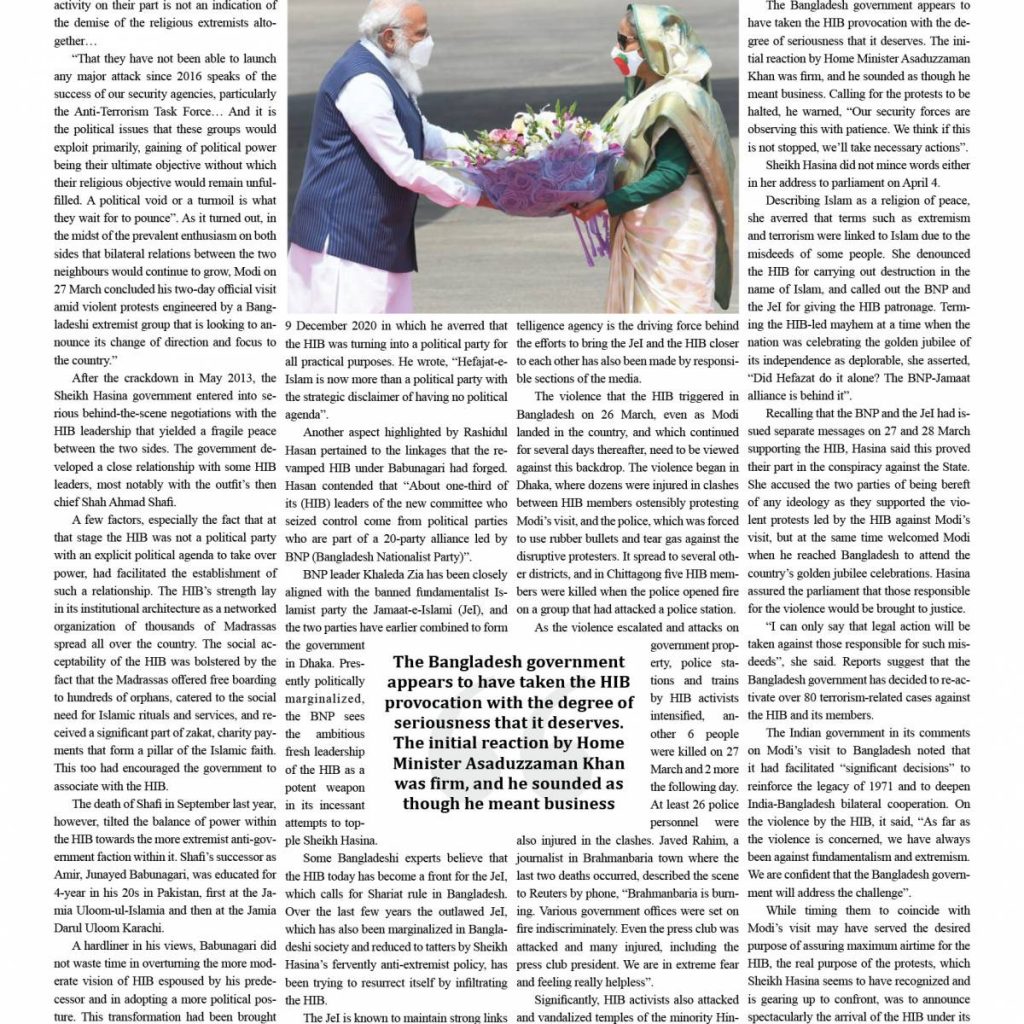
Recalling that the BNP and the JeI had issued separate messages on 27 and 28 March supporting the HIB, Hasina said this proved their part in the conspiracy against the State. She accused the two parties of being bereft of any ideology as they supported the violent protests led by the HIB against Modi’s visit, but at the same time welcomed Modi when he reached Bangladesh to attend the country’s golden jubilee celebrations. Hasina assured the parliament that those responsible for the violence would be brought to justice.
“I can only say that legal action will be taken against those responsible for such misdeeds”, she said. Reports suggest that the Bangladesh government has decided to re-activate over 80 terrorism-related cases against the HIB and its members.
The Indian government in its comments on Modi’s visit to Bangladesh noted that it had facilitated “significant decisions” to reinforce the legacy of 1971 and to deepen India-Bangladesh bilateral cooperation. On the violence by the HIB, it said, “As far as the violence is concerned, we have always been against fundamentalism and extremism. We are confident that the Bangladesh government will address the challenge”.
While timing them to coincide with Modi’s visit may have served the desired purpose of assuring maximum airtime for the HIB, the real purpose of the protests, which Sheikh Hasina seems to have recognized and is gearing up to confront, was to announce spectacularly the arrival of the HIB under its fresh leadership as the new political force that seeks to “safeguard” Islam in Bangladesh.
Also read:LITE VIEW: Making India-Bangladesh ties weather-proof



